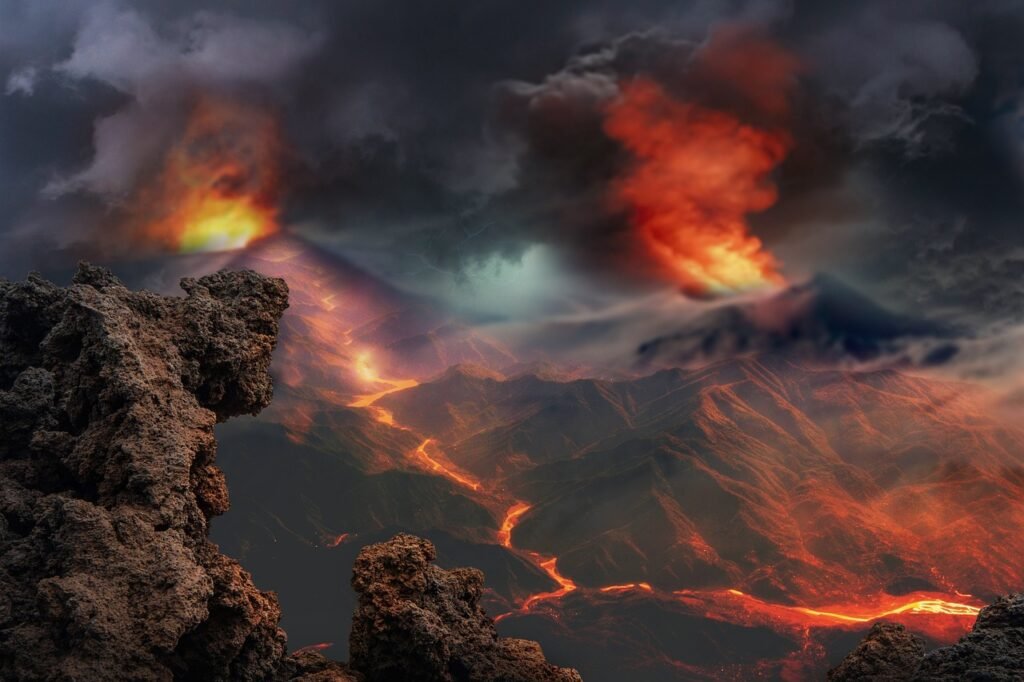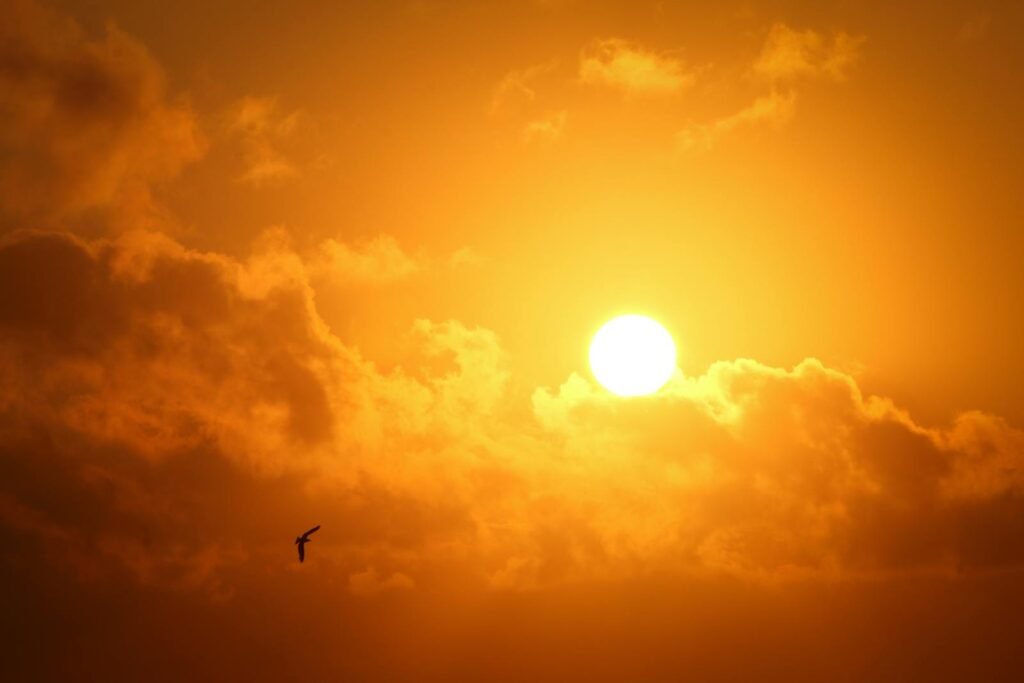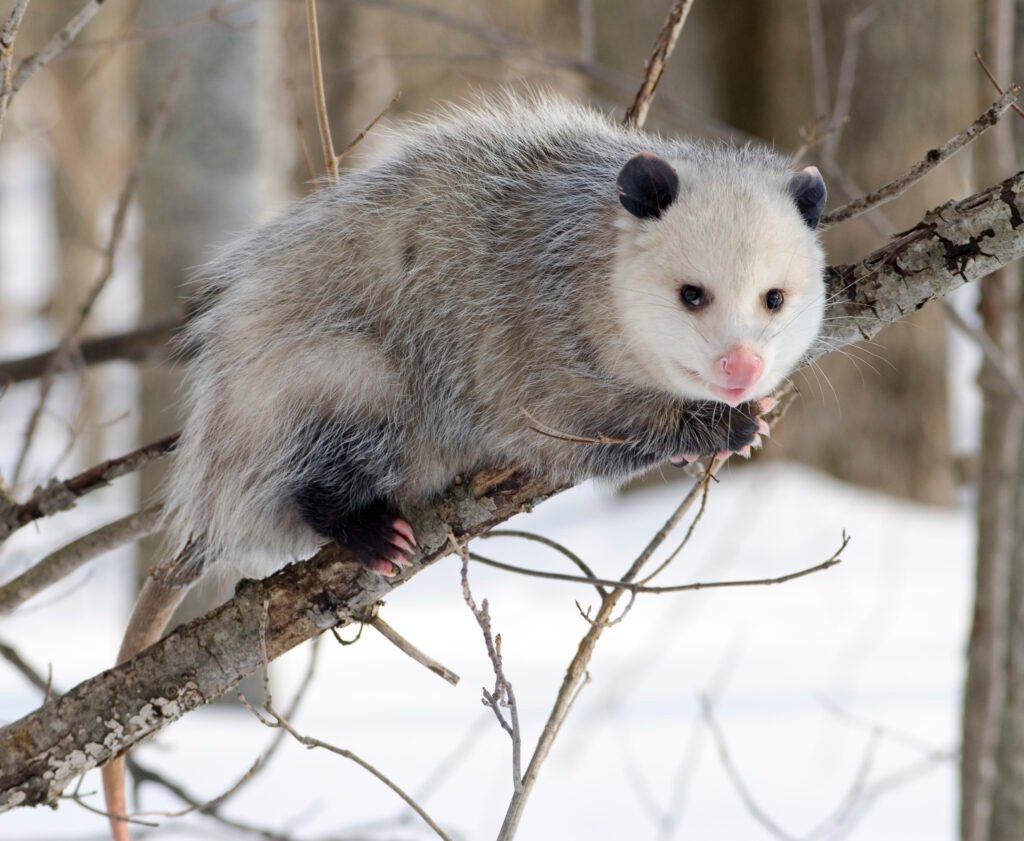Picture this: you’re standing on your balcony on a scorching summer day when suddenly dark clouds roll in, bringing instant relief from the heat. That shadow effect you just experienced? It’s remarkably similar to what happens when volcanoes decide to throw their own cooling party for planet Earth. The question isn’t whether volcanoes can cool our planet again. They never stopped doing it.
Honestly, most people think of volcanoes as purely destructive forces, belching out lava and ash while contributing to global warming. Yet the reality is far more nuanced and fascinating than you might expect. Let’s dive into this volcanic cooling phenomenon that has been shaping Earth’s climate for millions of years.
The Science Behind Nature’s Air Conditioning System
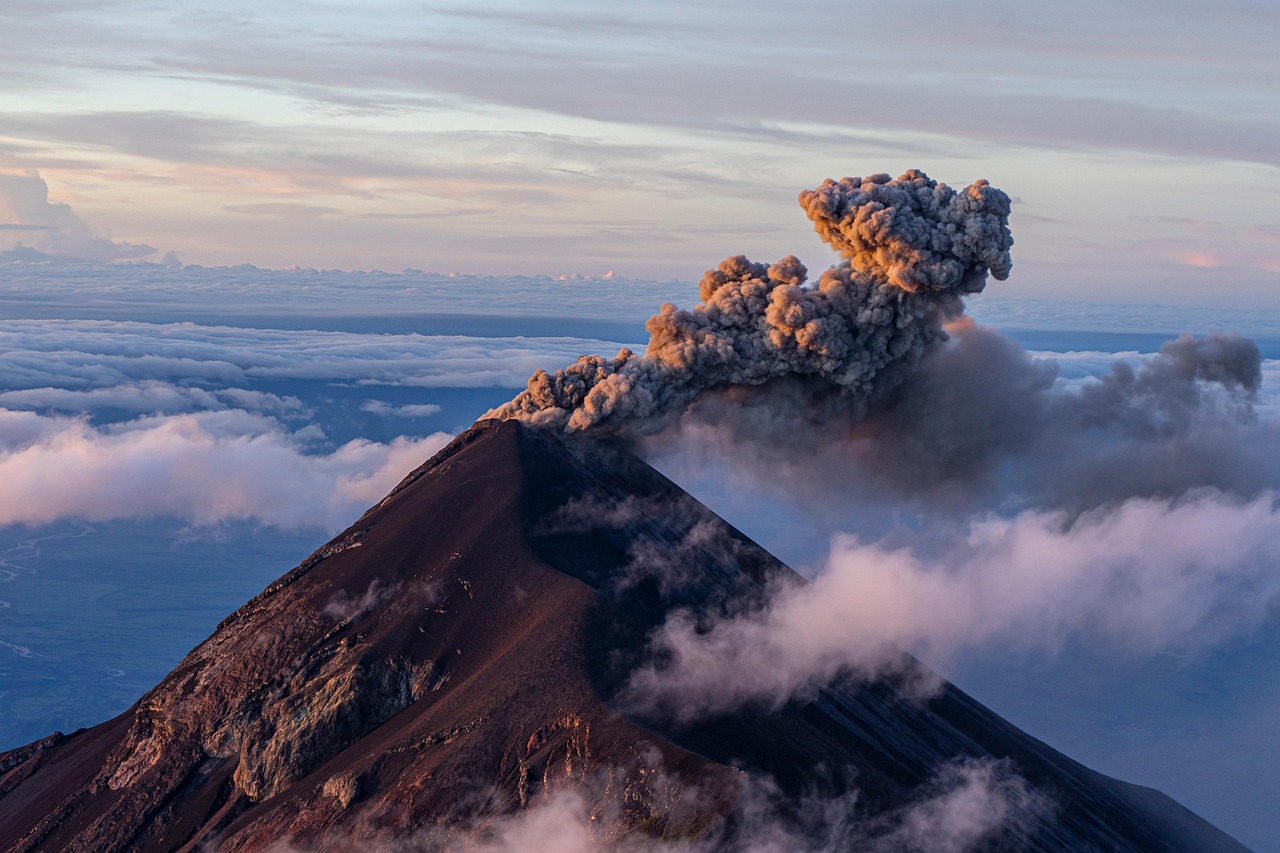
When a volcano erupts with enough force, it doesn’t just create spectacular displays of molten rock. The gases and dust particles thrown into the atmosphere during large volcanic eruptions can influence climate. Often, erupting volcanoes emit sulfur dioxide into the atmosphere. Sulfur dioxide is much more effective than ash particles at cooling the climate. The sulfur dioxide moves into the stratosphere and combines with water to form sulfuric acid aerosols.
The sulfuric acid makes a haze of tiny droplets in the stratosphere that reflects incoming solar radiation, causing cooling of the Earth’s surface. The aerosols can stay in the stratosphere for up to three years, moved around by winds and causing significant cooling worldwide. Think of it as nature’s own version of those reflective car windshield covers, except it works for the entire planet.
Mount Pinatubo’s Global Cooling Masterclass

At their most potent, volcanoes inject millions of tons of Sun-blocking particles high into the atmosphere that can cool Earth for nearly 5 years, endangering crops and leading to “years without summer.” The most recent, the Philippines’s Mount Pinatubo eruption in 1991, caused a temporary 0.5°C drop in global temperatures. That might not sound like much, but when you consider that humans have warmed the planet by about 1.2°C (2.1°F) since pre-industrial times, even half a degree represents a significant cooling effect.
The climactic eruption of Mount Pinatubo on June 15, 1991, was one of the largest eruptions of the twentieth century and injected a 20-million ton (metric scale) sulfur dioxide cloud into the stratosphere at an altitude of more than 20 miles. The Pinatubo cloud was the largest sulfur dioxide cloud ever observed in the stratosphere since the beginning of such observations by satellites in 1978. It caused what is believed to be the largest aerosol disturbance of the stratosphere in the twentieth century, though probably smaller than the disturbances from eruptions of Krakatau in 1883 and Tambora in 1815. Consequently, it was a standout in its climate impact and cooled the Earth’s surface for three years following the eruption, by as much as 1.3 degrees F at the height of the impact.
The Forgotten Role of Smaller Eruptions
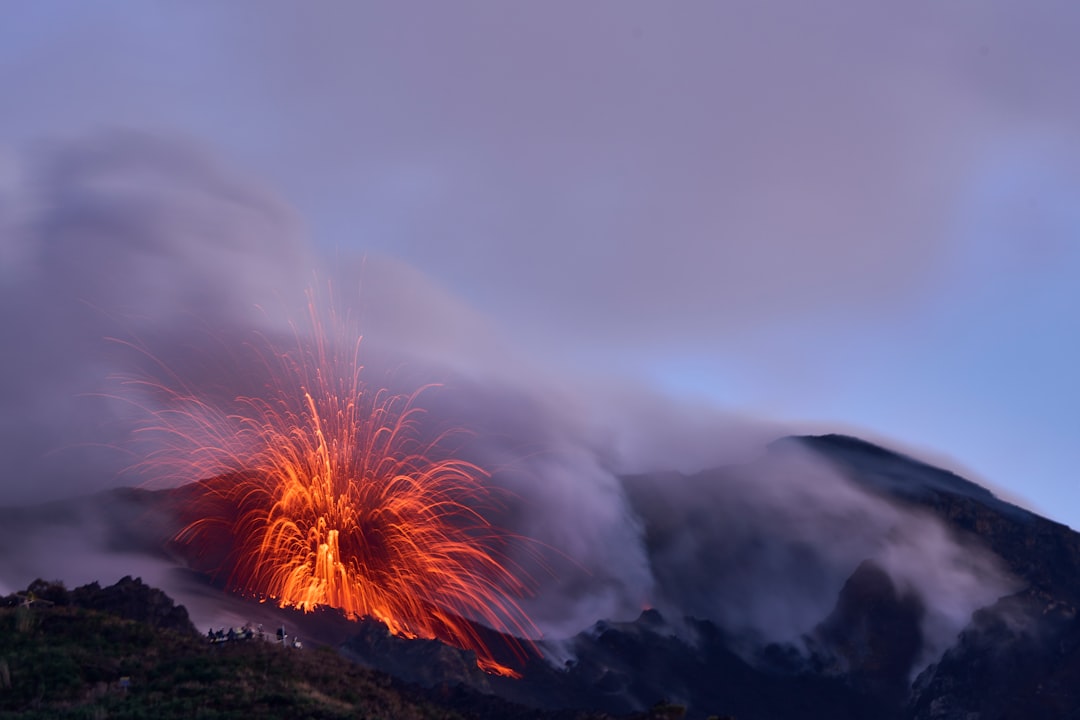
While everyone focuses on the big explosive eruptions that make headlines, scientists have discovered something surprising about smaller volcanic events. The small particles, or aerosols, were spewed high into the atmosphere and scattered sunlight back into space, preventing the global average temperature from rising from 0.05°C to 0.12°C. That cooling effect represents between 25% and 50% of the expected temperature rise during that period because of rising atmospheric concentrations of greenhouse gases, the scientists say, so the finding helps explain the so-called hiatus in global warming over the last 15 years.
We found that not only is volcanic forcing being underestimated, but small-magnitude eruptions are actually responsible for as much as half of all volcanic forcing. These small-magnitude eruptions may not have a measurable effect individually, but collectively, their effect is significant. I was surprised to see just how important these small-magnitude eruptions are – we knew they had an effect, but we didn’t know it was so large.
When Supervolcanoes Threw Ancient Tantrums
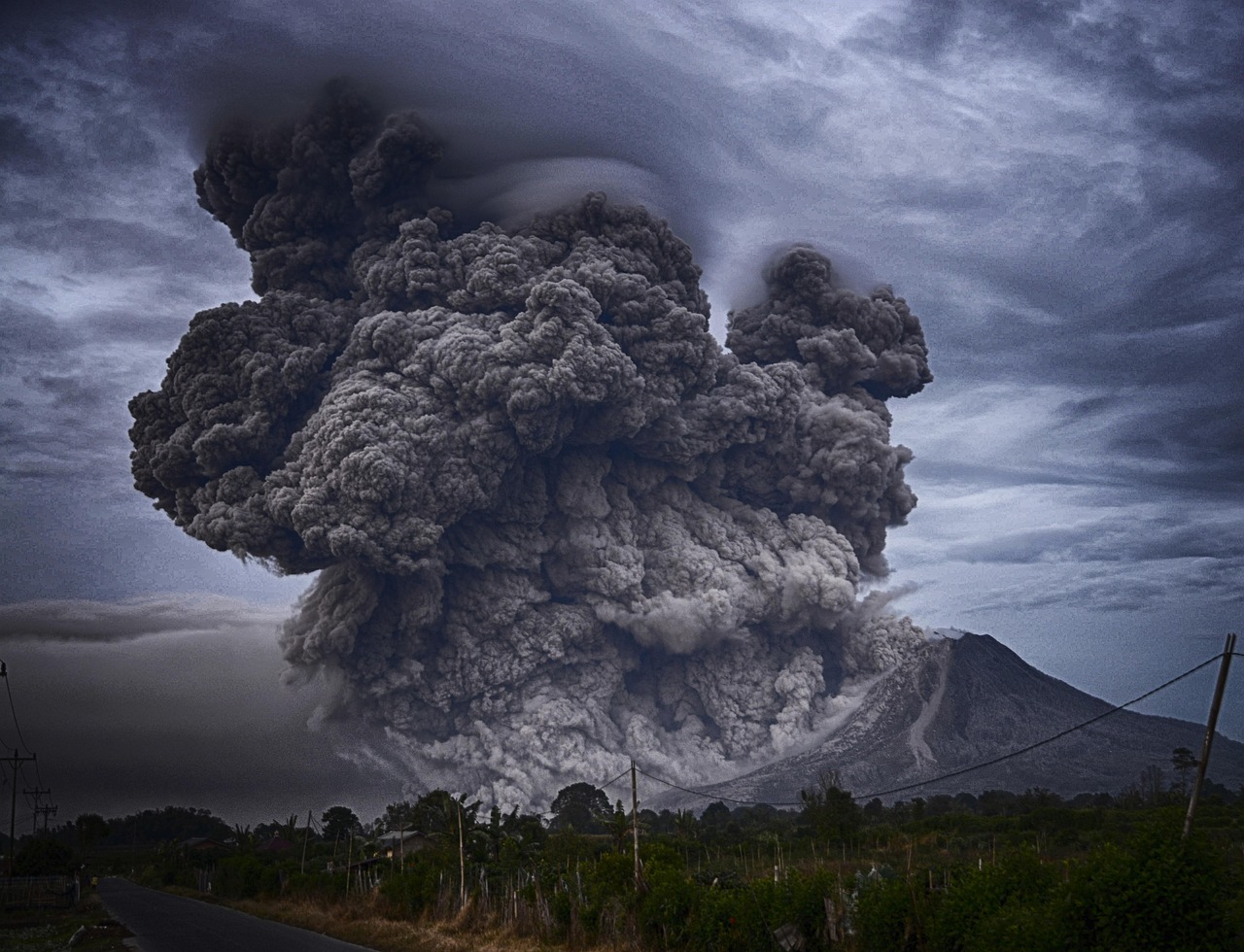
The eruption of YTT from Toba Caldera, 74,000 years ago, is regarded as the largest known Quaternary eruption and two orders of magnitude greater than the magma volume of the largest historical eruption, Tambora. This Indonesian supervolcano makes Mount Pinatubo look like a firecracker by comparison.
It injected up to 100 times more SO2 into the stratosphere than Mt Pinatubo, and climate model simulations suggest a global cooling of 3.5–9 °C, and up to 25% reduction in precipitation. Imagine waking up one day to find global temperatures had dropped by nearly twenty degrees Fahrenheit. Some scientists have even argued that sulphur released from Toba disrupted the climate enough to create a “volcanic winter” that created a human population bottleneck, with only some 10,000 surviving individuals. Toba eruption caused temperatures to plummet by up to 10°C in some regions – but not where most humans lived.
The Debate Over Volcanic Winter Catastrophes
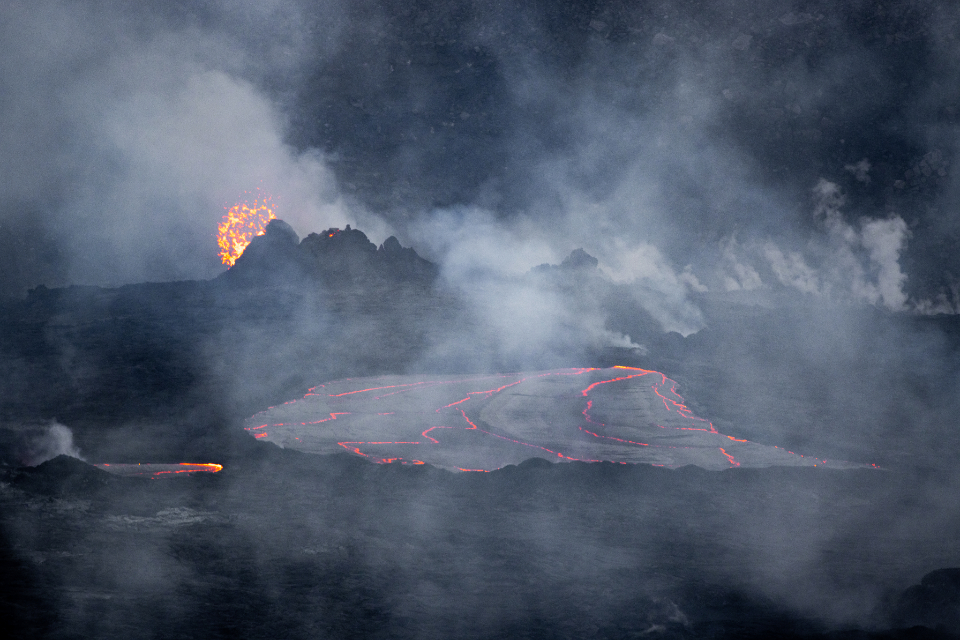
The idea that supervolcanoes could trigger devastating volcanic winters has sparked intense scientific debate. The Toba catastrophe theory holds that the eruption caused a severe global volcanic winter of six to ten years and contributed to a 1,000-year-long cooling episode, resulting in a genetic bottleneck in humans. However, some physical evidence disputes the association with the millennium-long cold event and genetic bottleneck, and some consider the theory disproven. Recent research shows the extent of climate change was much smaller than believed by proponents of the theory.
More recent studies using advanced climate models suggest the cooling effects may have been overestimated. In a new study in the Journal of Climate, a team from NASA’s Goddard Institute for Space Studies (GISS) and Columbia University in New York used advanced computer modeling to simulate super-eruptions like the Toba event. They found that post-eruption cooling would probably not exceed 2.7 degrees Fahrenheit (1.5 degrees Celsius) for even the most powerful blasts. The relatively modest temperature changes we found most compatible with the evidence could explain why no single super-eruption has produced firm evidence of global-scale catastrophe for humans or ecosystems.
How Climate Change is Altering Volcanic Cooling Effects
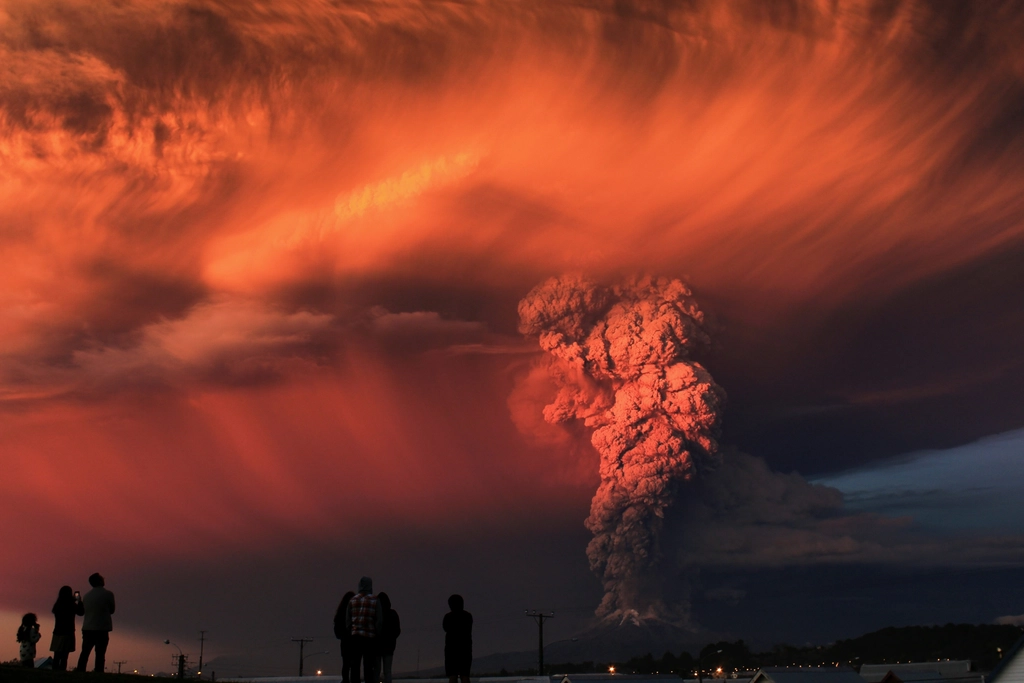
Now, a new study suggests increased greenhouse gases will help the plumes from large eruptions reach higher, spread faster, and reflect more sunlight, causing more abrupt and extreme cooling. This creates a fascinating paradox where global warming might actually amplify the cooling effects of major volcanic eruptions.
New research indicates the cooling effect of rare, large eruptions will increase, whereas the effects of more frequent, smaller eruptions will be reduced. But the cooling effect of such eruptions was reduced by around 75%. This discrepancy has less to do with volcanic emissions and more to do with the atmosphere: The height of the stratosphere is predicted to increase with climate change. Smaller eruptions will struggle to punch through this elevated atmospheric boundary, reducing their cooling power significantly.
The Physics of Volcanic Particles and Cooling
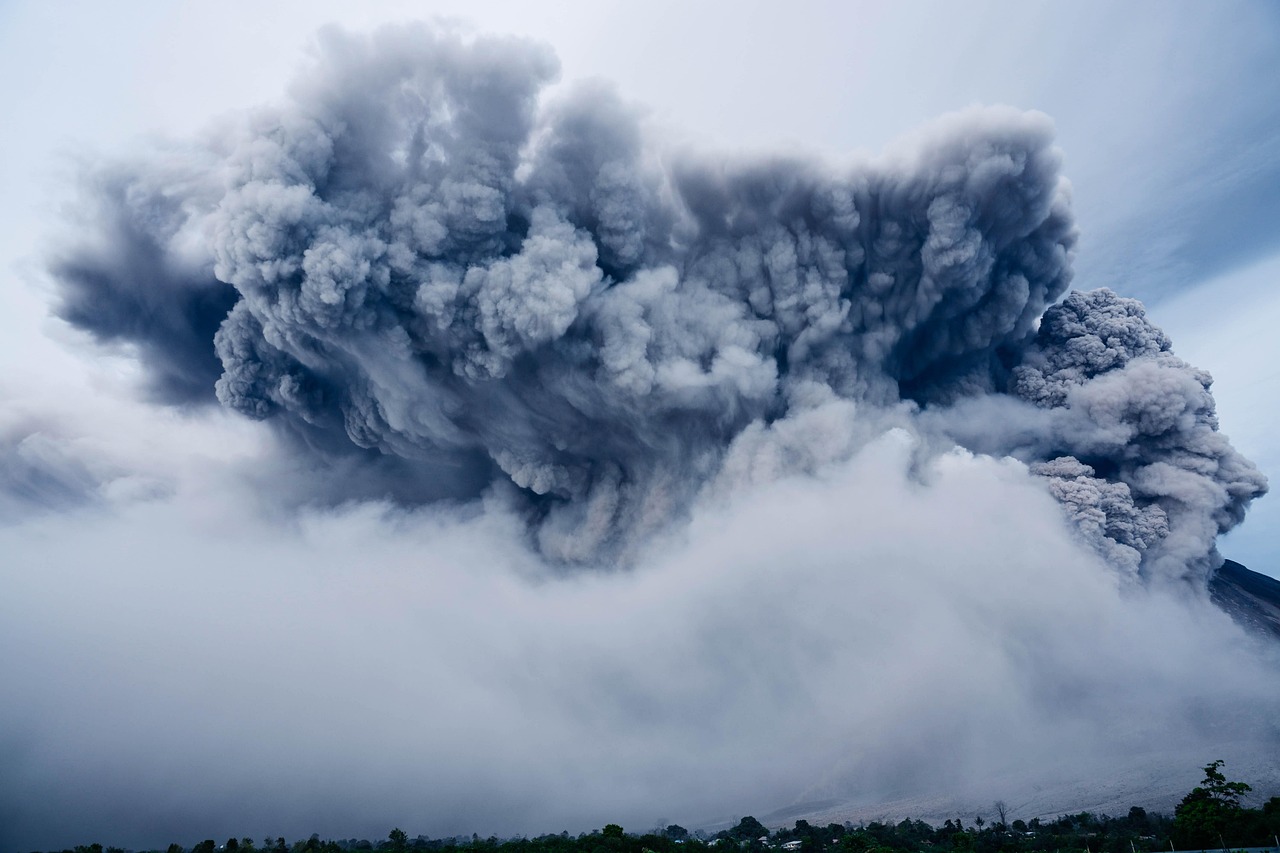
Volcanic ash or dust released into the atmosphere during an eruption shade sunlight and cause temporary cooling. Larger particles of ash have little effect because they fall out of the air quickly. Small ash particles form a dark cloud in the troposphere that shades and cools the area directly below. Most of these particles fall out of the atmosphere within rain a few hours or days after an eruption. But the smallest particles of dust get into the stratosphere and are able to travel vast distances, often worldwide. These tiny particles are so light that they can stay in the stratosphere for months, blocking sunlight and causing cooling over large areas of the Earth.
The effectiveness of volcanic cooling depends heavily on particle size and altitude. In the stratosphere (about 6 to 30 miles in altitude), sulfur dioxide gas from volcanoes undergoes chemical reactions to condense into liquid sulfate particles. These particles can influence surface temperature on Earth in two counteracting ways: by reflecting incoming sunlight (causing cooling) or by trapping outgoing heat energy (a kind of greenhouse warming effect).
Volcanic Cooling vs. Human Warming: The Ultimate Showdown
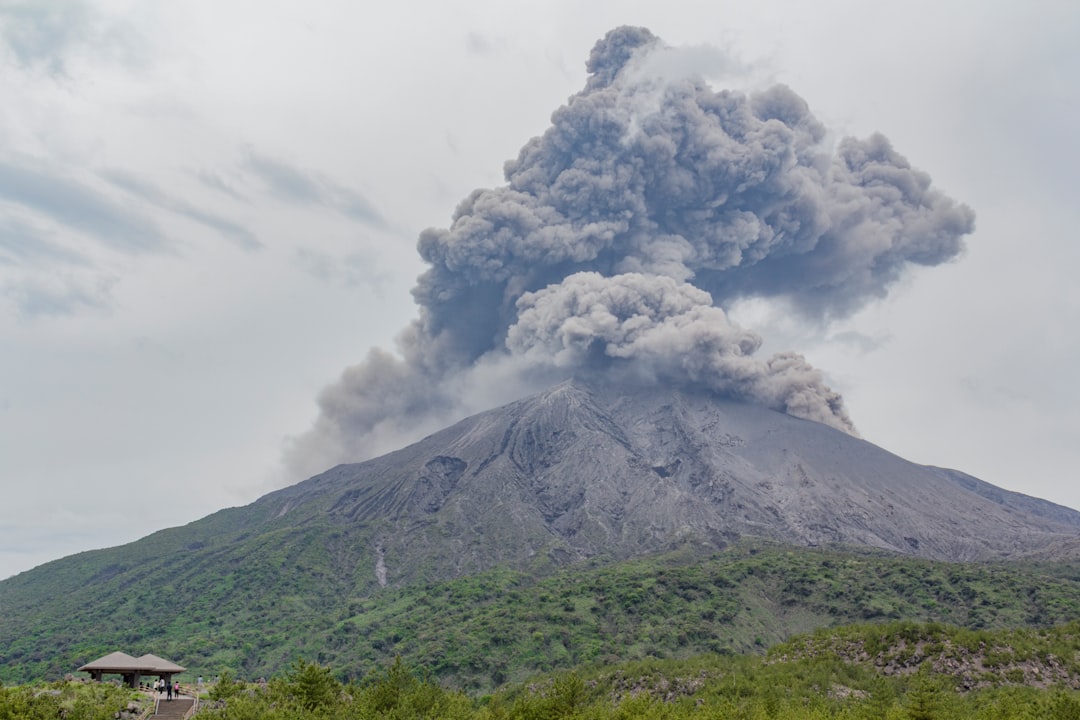
However, the impact of human activities on the carbon cycle far exceeds that of all the world’s volcanoes combined, by more than 100 times. To put it in perspective, while volcanic eruptions do contribute to an increase in atmospheric CO2, human activities release an amount of CO2 equivalent to what a Mount St. Helens-sized eruption produces every 2.5 hours and a Mount Pinatubo-sized eruption every 11 hours. That’s a sobering reality check about the scale of human impact on our climate system.
Volcanic aerosols in the upper atmosphere typically stay in the atmosphere for a year or two, whereas carbon dioxide stays in the atmosphere for much, much longer. Even if we had a period of extraordinarily high volcanic activity, our simulations show that it wouldn’t be enough to stop global warming. It’s like a passing cloud on a hot, sunny day: the cooling effect is only temporary. The fundamental difference lies in duration: volcanic cooling is temporary, while human-caused warming is persistent.
Future Volcanic Activity and Ice Sheet Melting
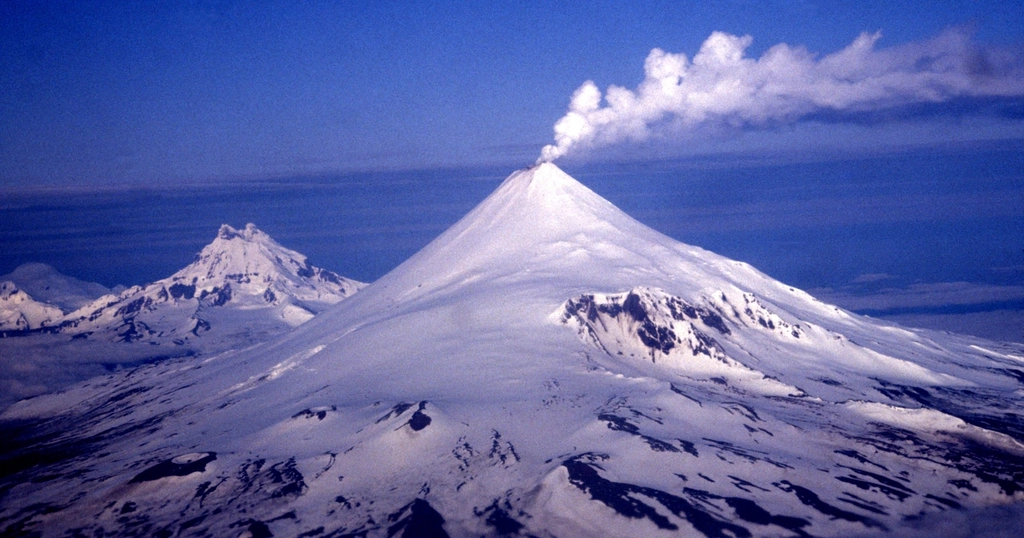
Declining ice cover can trigger more frequent eruptions near the poles, in Iceland and elsewhere. And an increasingly layered ocean will allow more volcano-induced cooling to linger at Earth’s surface. This creates an intriguing feedback loop where climate change itself might trigger more volcanic activity.
Researchers also hope to integrate other trends, including the increased eruptions expected to take place as glaciers melt off some polar volcanoes and the increasing stratification of the ocean, which allows more volcanic cooling to linger at the water’s surface, cooling the atmosphere. As massive ice sheets that have been pressing down on volcanic regions for thousands of years begin to melt, the reduced pressure could lead to more frequent eruptions. Iceland, sitting atop both a volcanic hotspot and significant ice coverage, represents a particularly interesting case study for this phenomenon.
The Unpredictable Nature of Volcanic Climate Effects
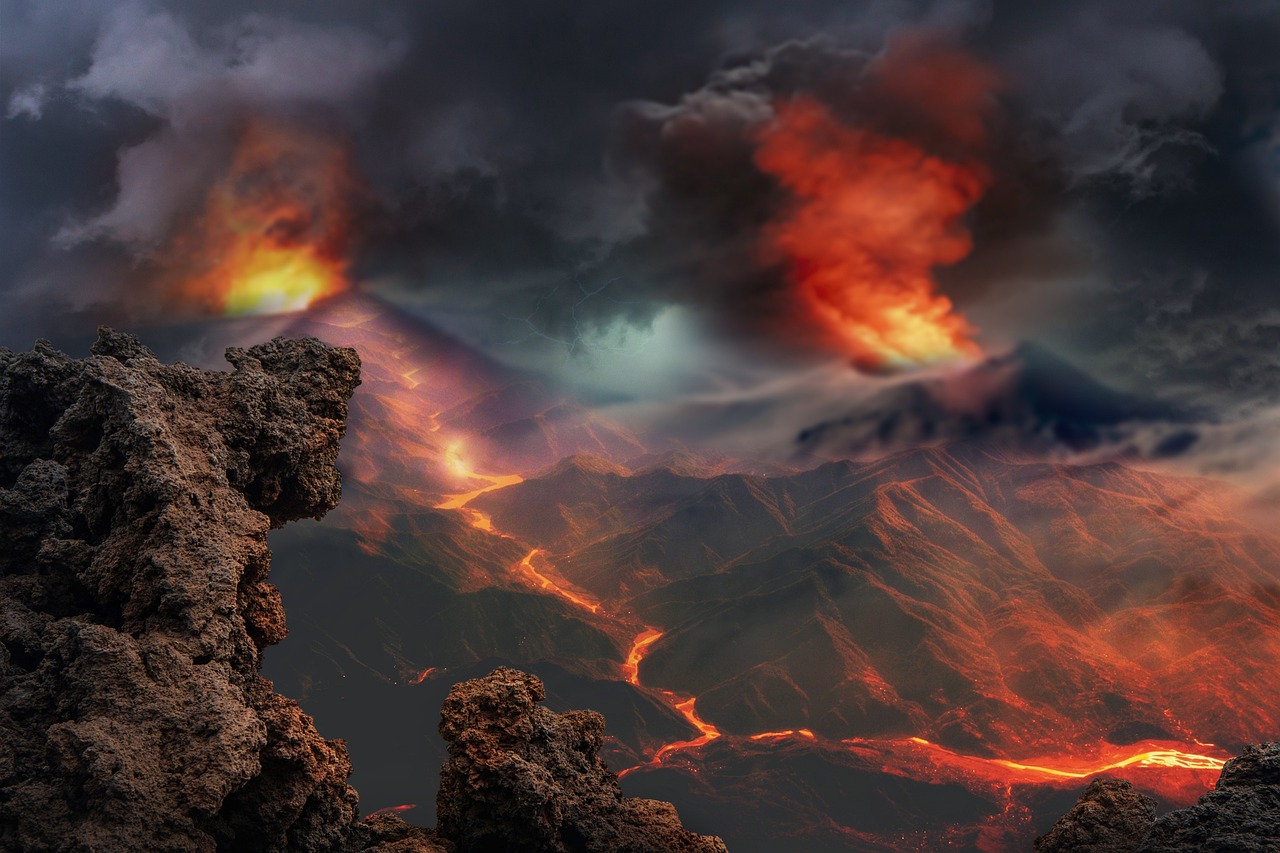
Volcanic eruptions are the source of a major natural forcing of Earth’s climate: The stratospheric sulfate aerosol layer is temporarily enhanced after major explosive eruptions, reducing the amount of incoming solar radiation reaching the planet’s surface, which has a global cooling effect. Volcanic eruptions are episodic, irregular, potentially disastrous, and unpredictable, and so is volcanic forcing. The radiative effect of volcanic aerosols can be so strong that for large events it temporarily dominates the Earth’s energy budget.
Surface temperature observations following historic eruptions show that there is no correlation between eruption size, as represented by the VEI or eruption volume, and the severity of the climate cooling. This is because eruption size does not correlate with the amount of SO2 emitted. This unpredictability makes volcanic cooling particularly challenging to incorporate into climate models and projections.
Looking Forward: Volcanoes in a Warming World
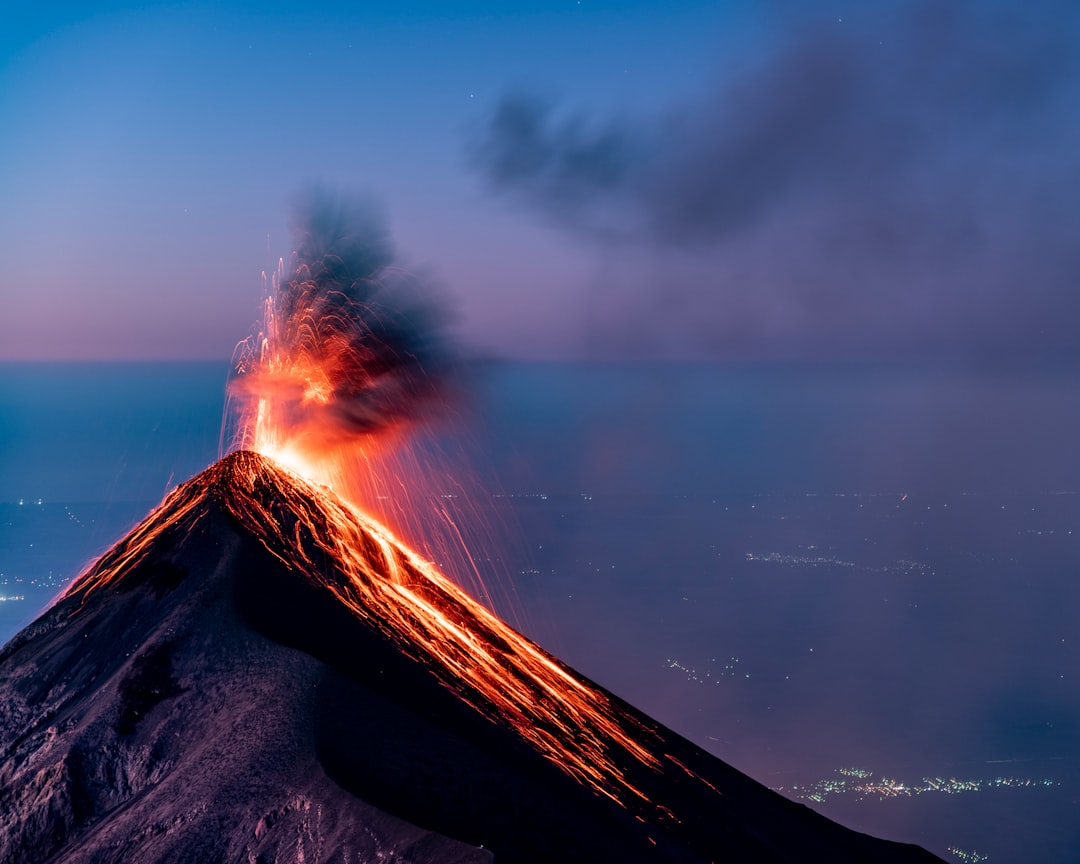
The relationship between volcanoes and future climate is complex and evolving. But ultramassive eruptions would still be able to punch through to the stratosphere; what’s more, their gases would actually reach higher and travel faster than in the present climate, amplifying their cooling effect by 15%, the researchers report this month in Nature Communications. This suggests that while climate change may reduce the effectiveness of smaller eruptions, it could make the largest eruptions even more impactful.
For instance, surface cooling after major eruptions can significantly dampen decadal and multidecadal future warming trends if eruptions are clustered together, as found in some of the stochastic eruption scenarios. The post-eruption cooling also yields increased variability in global-mean surface temperature, highlighting the role of natural climate fluctuations in the quantification of climate projections uncertainty. This means that future decades could see periods where volcanic cooling temporarily masks the underlying warming trend, creating challenges for both climate scientists and policymakers.
Conclusion
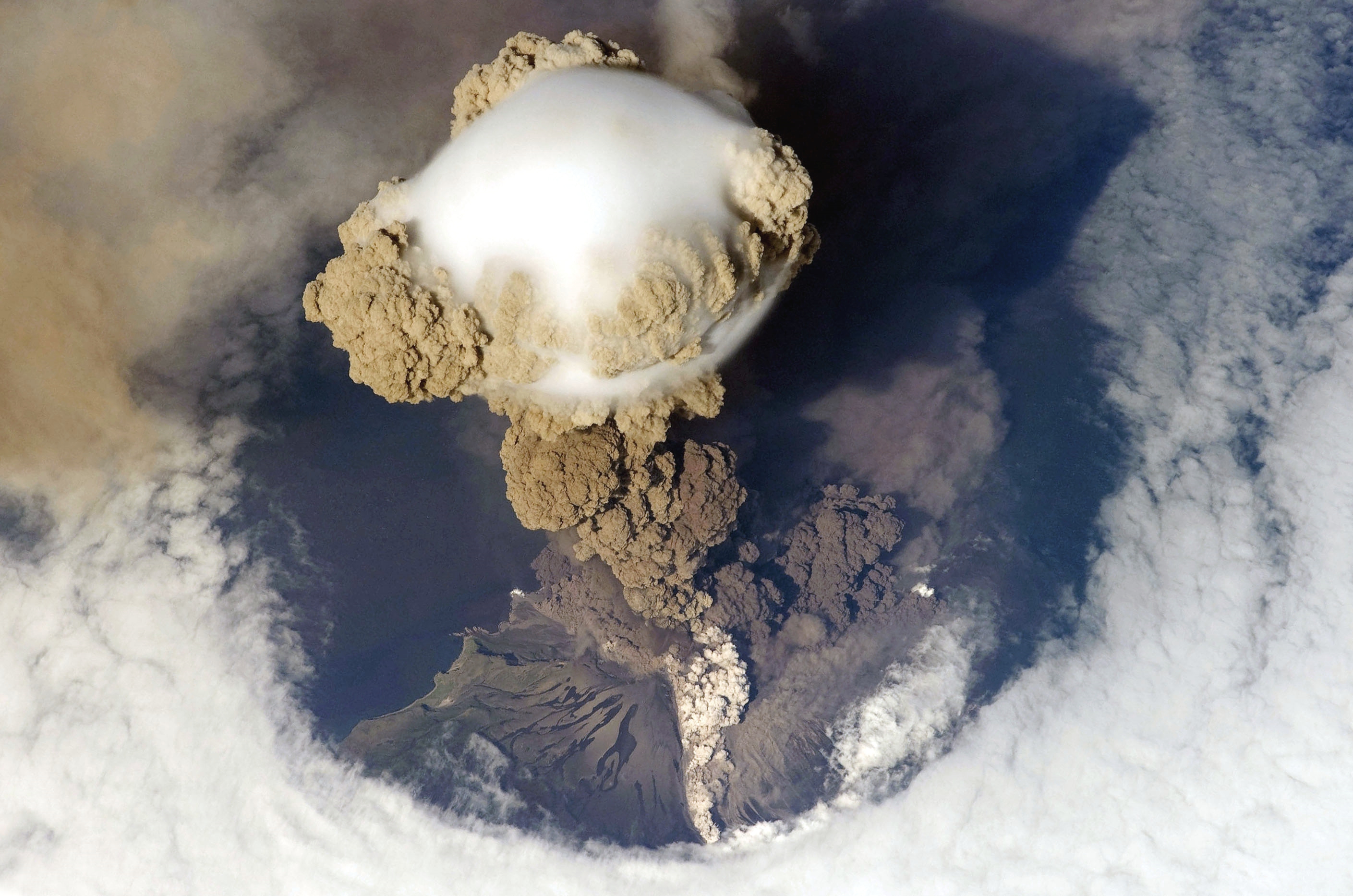
Volcanoes never stopped cooling the Earth, though they certainly can’t save us from human-caused climate change. From Mount Pinatubo’s three-year cooling spell to ancient supervolcanoes that may have shaped human evolution, these geological giants continue to play their role as temporary climate controllers. The science reveals a fascinating dance between volcanic cooling and human warming, where the temporary always battles the persistent.
What makes this story even more intriguing is how climate change itself is altering volcanic effects, making large eruptions potentially more powerful while weakening smaller ones. Whether volcanoes will provide more cooling or less in our warming future remains an open question. What do you think about nature’s most unpredictable climate influence? Tell us in the comments.

Jan loves Wildlife and Animals and is one of the founders of Animals Around The Globe. He holds an MSc in Finance & Economics and is a passionate PADI Open Water Diver. His favorite animals are Mountain Gorillas, Tigers, and Great White Sharks. He lived in South Africa, Germany, the USA, Ireland, Italy, China, and Australia. Before AATG, Jan worked for Google, Axel Springer, BMW and others.

